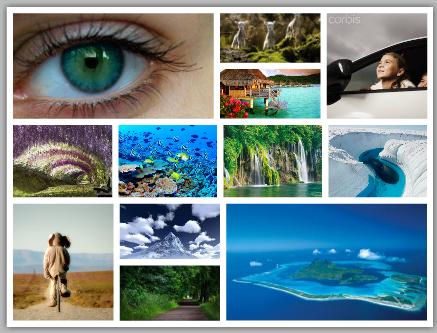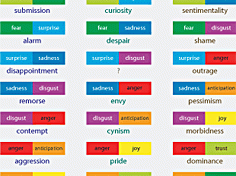James Lange and Canon Bard Theories
The James Lange and Canon Bard theories both formulate concepts on how we feel emotions and how we express them. They are in a sense the opposites of each other, as the Canon Bard theory refutes James Langes. James Lange states that an emotion is the result of mimicking the physical symptoms that the body displays as a consequence of an external stimuli. This means, that how your body reacts, and the physical symptoms it shows, generate how you will feel, and the corresponding emotion. For example, when you watch a sad movie, you may cry, leading you to think you are experiencing the emotion of sadness. Critics of this theory say that Lange is disregarding the mental aspect of emotion.The Canon Bard theory on the other hand, states that instead of sharing such a strong cause and effect relationship, emotions and bodily changes occur simultaneously. Emotion is more what leads to physical reactions, so when you are sad from the movie, you cry.
The word intuition, coming from the Latin word intueri, meaning to look inside or to contemplate, refers to the ability to acquire knowledge without interference or the use of reason. Intuition is what provides us with beliefs that are not related to reason and logic, and we therefore can not easily justify. Intuition to some can be seen as a sort of sixth sense because it is not related to logical processing but is rather something we feel or believe, not as a direct result of the other senses. I can not recall an occasion where I have felt an intution or such that led me to make a decision, so I am skeptical of it. Yet, my classmate Tess'shared a story about her mothers use of intuition and this led me to think about intuition further.


.gif)
